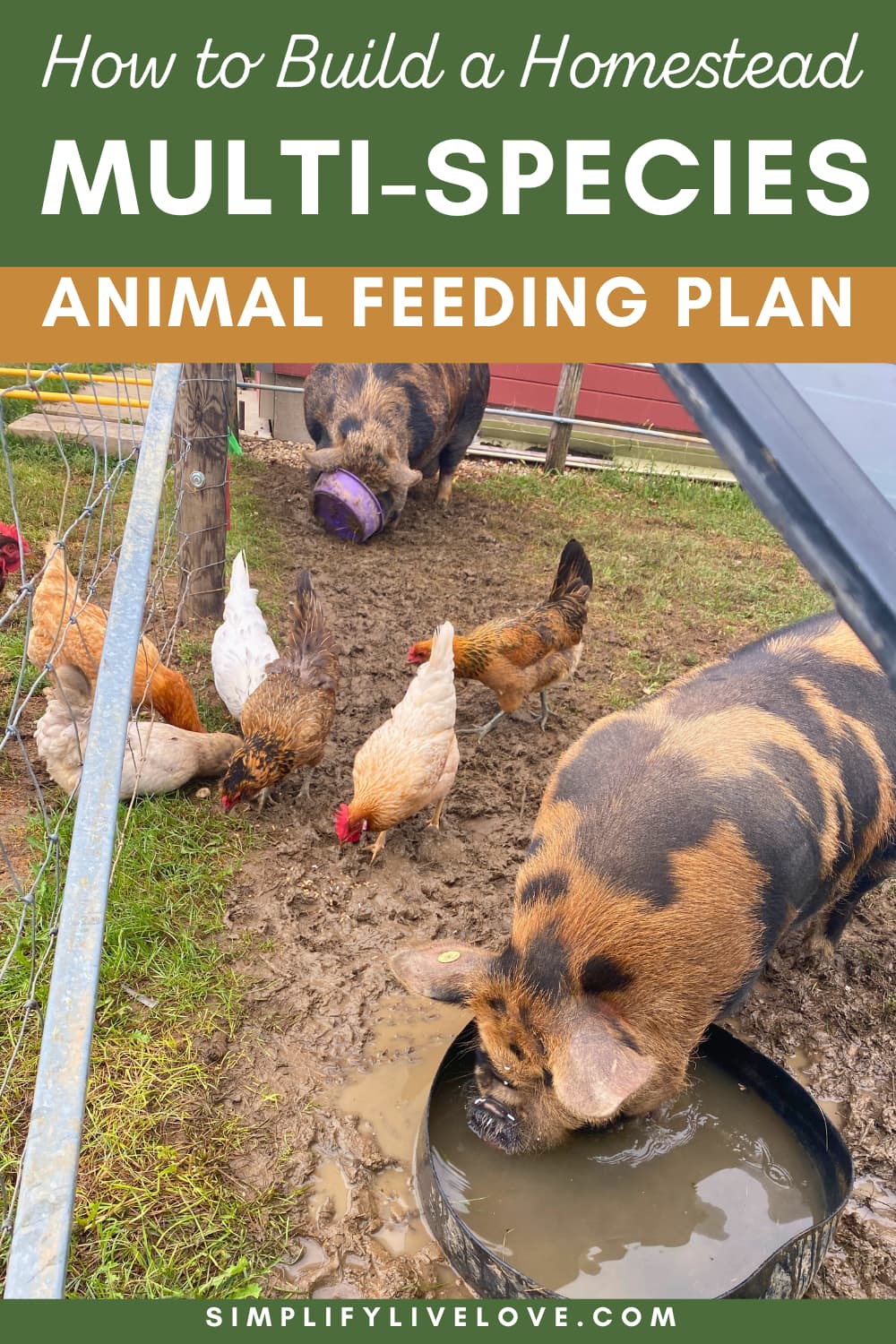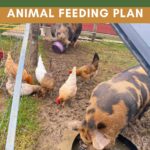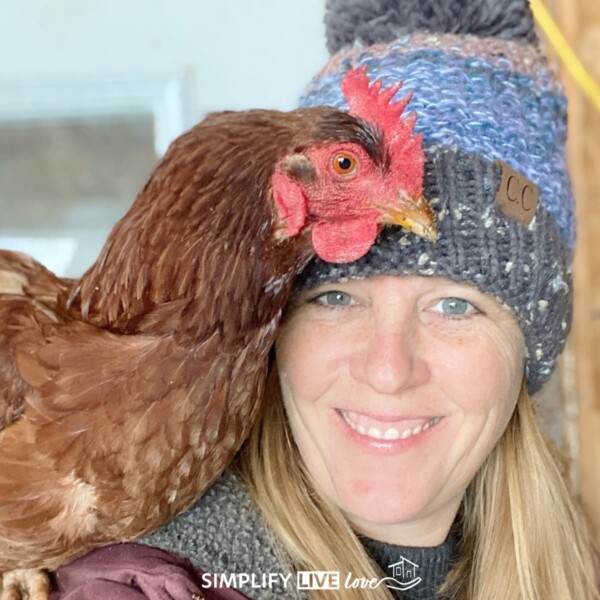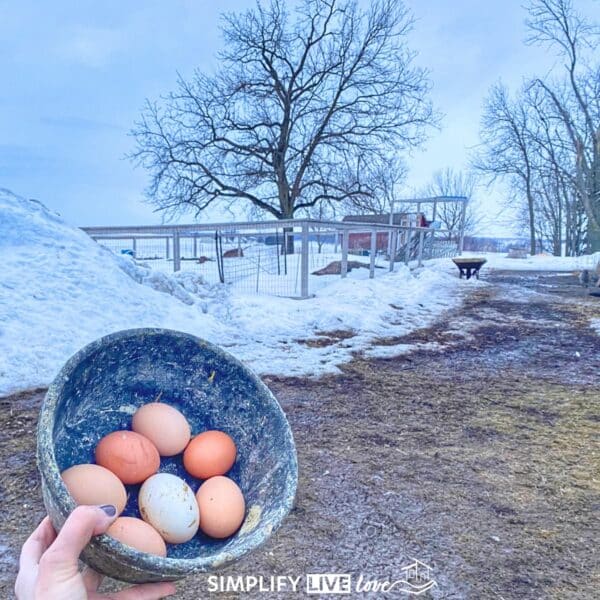How to Build a Homestead Animal Feeding Plan for Multiple Species
on Oct 07, 2025
This post may contain affiliate links. Please read our disclosure policy.
Life on a homestead always circles back to feeding time and having a homestead animal feeding plan is essential. From people to animals, everyone always seems to be hungry!
Chickens scratch for grain, goats reach toward hay bales, and horses wait at the fence. Each animal has its own needs, and when those needs are met, the whole place comes alive. If we don’t have plan, we often have wasted feed, health problems, and stress that could have been avoided.

Table of Contents
- Assessing Nutritional Needs by Species
- Inventory of Available Feed Resources
- Designing a Multi-Species Feeding Schedule
- Balancing Rations: Macronutrients and Micronutrients
- Monitoring Animal Health and Adjusting Plan
- Integrating Infrastructure and Equipment into Feeding Strategy
- Seasonal Adjustments and Forward Planning
- Wrapping Up
A good feeding plan turns the daily routine into something smoother. It helps you know what to give, when to give it, and how to stretch your resources without cutting corners. The reward is healthy animals and chores that run with less strain each day.
Assessing Nutritional Needs by Species
Every animal on your homestead eats for a different reason. Knowing these differences keeps your feeding plan realistic and effective.
- Chickens rely on protein to grow strong feathers and lay well.
- Goats thrive when their diet is filled with fiber that keeps their digestive system working right.
- Pigs need energy-rich feed to support quick growth.
- Horses require a balance of forage, minerals, and careful calorie intake to stay in condition.
Life stage matters too. Growing goats need extra protein, while lactating animals demand both higher energy and minerals. Working animals burn through calories faster and may require adjustments to maintain condition. Some equines even need targeted support for weight gain for horses, which can be achieved by offering higher-calorie forage and supplements that improve digestion without overloading their system.

Inventory of Available Feed Resources
Start with what you already have on the homestead. Pasture grasses, stored hay, garden trimmings, and kitchen scraps all play a role in the daily ration. Each option comes with a different nutrient profile, so knowing the quality and quantity helps you avoid gaps. A hay test, for example, shows whether protein or mineral supplements are needed.
Grain mixes and purchased feeds often fill the spaces that forage cannot cover. Legumes like alfalfa provide dense nutrition, while corn and oats supply energy when animals need a boost. Extras such as chicken treats can be used sparingly to supplement diets and encourage natural foraging behavior. By taking stock of local feed mills and co-ops, you gain a better sense of affordable and practical choices to round out the plan.
Resource planning also reduces waste. Instead of feeding blindly, you know exactly what to use and when. Linking what’s on hand to the needs of each species saves money, minimizes excess, and helps build a sustainable cycle of production and consumption across your homestead.
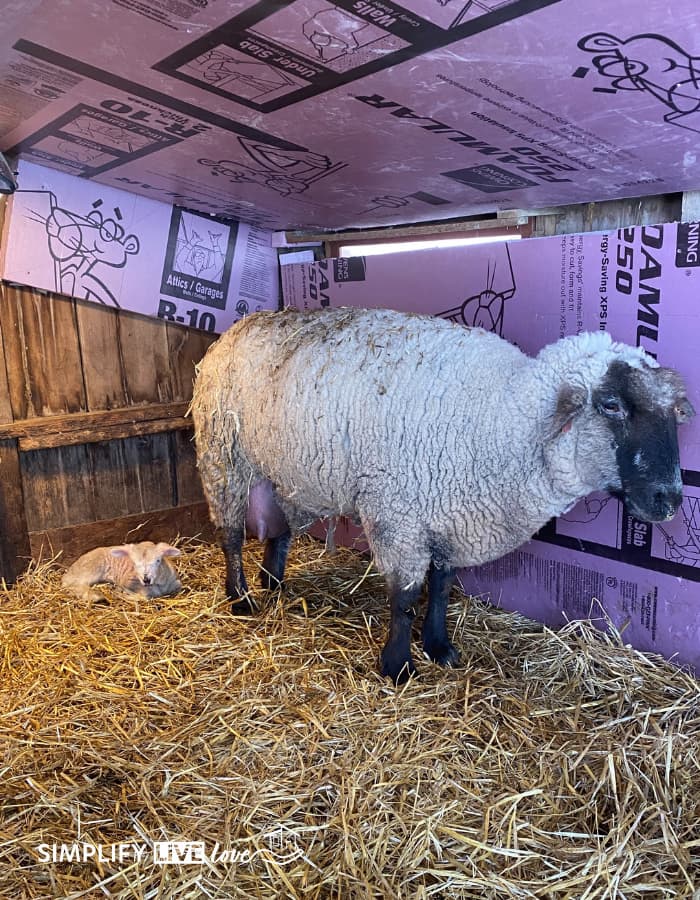
Designing a Multi-Species Feeding Schedule
Different animals compete for food in different ways. Chickens scatter quickly, goats push their way in, and pigs can overwhelm a trough if given the chance. Creating a clear schedule prevents stronger animals from taking more than their share. Feeding times that match each species’ habits keep the routine calm and predictable.
Grouping animals by life stage simplifies things further. Young or lactating stock benefit from separate rations, while mature animals thrive on maintenance diets. Assigning spaces for each group ensures everyone eats what they need without waste or conflict.
A consistent schedule also saves time. Morning and evening feedings, paired with midday checks, create a rhythm for both you and the animals. Over time, they anticipate when food arrives, reducing stress and keeping the day’s chores more efficient. This organization forms the backbone of a reliable homestead feeding plan.
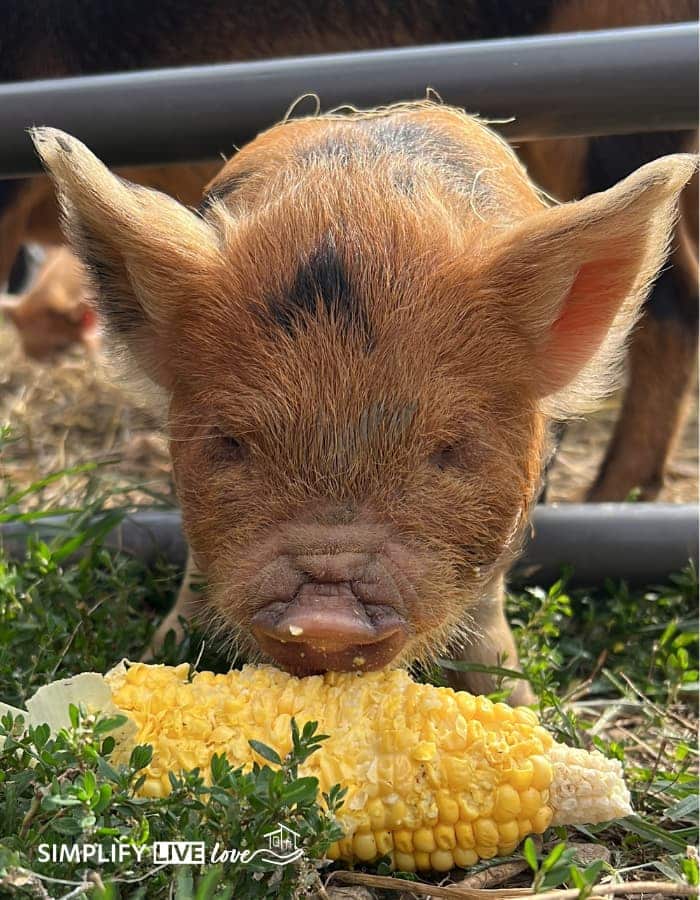
Balancing Rations: Macronutrients and Micronutrients
Protein builds muscle, energy fuels activity, and fiber keeps digestion steady. Each species needs these in different amounts, and the balance shifts with growth, work, or reproduction. Baby chicks depend on starter feeds rich in protein to build strong bones and feathers, while adult goats thrive on fiber-heavy forage that keeps their rumen healthy. Horses thrive when forage forms the base of their diet, with grain only added as needed.
Vitamins and minerals play a quieter role but are just as important. Calcium, phosphorus, and salt support bone strength, while trace minerals like copper, zinc, and selenium influence fertility and immunity. Sheep, for example, are sensitive to copper, making their mineral blends very different from what goats or cattle require.
Balanced rations reduce illness and boost productivity. Many homesteaders use premixed supplements, while others customize based on feed tests. Whatever method you choose, tailoring nutrients to the species ensures long-term health and prevents costly problems later.
Monitoring Animal Health and Adjusting Plan
Your animals will show you when something is off. A dull coat, slow growth, or sudden weight loss are early signs that feed needs tweaking. Watching body condition closely helps you make small changes before problems grow. Healthy animals stay active, alert, and productive.
Observation goes hand in hand with record-keeping. Notes on feed intake, breeding cycles, and health treatments build a picture of how nutrition affects performance. Simple charts or journals make it easier to see patterns over time. These records also guide future decisions when seasons or herd numbers change.
Adjustment is part of the process. Adding protein during growth, cutting grain when animals get too heavy, or shifting forage sources during winter all keep the plan balanced. A flexible mindset, backed by close monitoring, ensures your feeding strategy works year-round.
Pin this now to find it later
Pin ItIntegrating Infrastructure and Equipment into Feeding Strategy
Good infrastructure makes feeding smoother and reduces waste. Feeders that prevent spillage, well-placed troughs, and fencing that separates groups all keep animals from fighting or overeating. Even water stations need attention since clean, accessible water supports every nutrient you provide.
Planning your layout around feeding zones pays off. Chickens can eat near their coop, goats do better with raised hay feeders, and pigs thrive with sturdy troughs that can handle rough use. These details create order and help you save both time and food.
Transport plays a role as well. Moving animals to new pastures or bringing in hay requires dependable livestock hauling equipment. Trailers designed for safe transport protect animals from injury and stress, while also making it easier to deliver feed where it’s needed. When tools and infrastructure match the needs of the herd, your feeding plan runs far more efficiently.
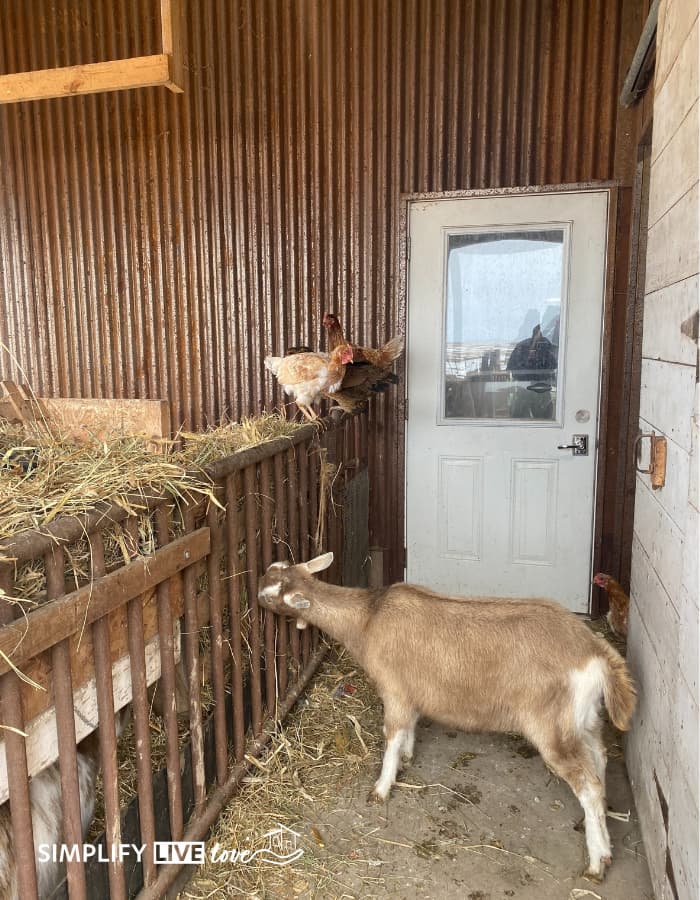
Seasonal Adjustments and Forward Planning
Feeding needs shift with the calendar. Winter brings higher energy demands as animals work harder to stay warm, while summer often requires extra water and minerals to handle heat stress. Planning for these changes ahead of time prevents sudden shortages or health setbacks.
Forage quality also changes across the year. Spring pastures may be lush but lack certain minerals, while late-season hay can be fibrous and low in protein. Testing and supplementing at the right times keep nutrition consistent no matter the season.
Forward planning strengthens the homestead as a whole. Storing extra hay, budgeting for supplemental grain, and setting aside a small buffer protect you when drought or harsh weather cuts into your usual feed supply. Thinking ahead ensures animals stay healthy and the farm runs smoothly through every season.
Wrapping Up
A balanced feeding plan shapes the rhythm of your homestead. It transforms daily chores into a system that supports growth, health, and harmony among every animal. When nutrition, timing, and resources line up, the rewards show in strong bodies and calm routines. Building that balance is less about perfection and more about consistency. With care and foresight, your feeding plan becomes the foundation of a thriving, resilient homestead.
